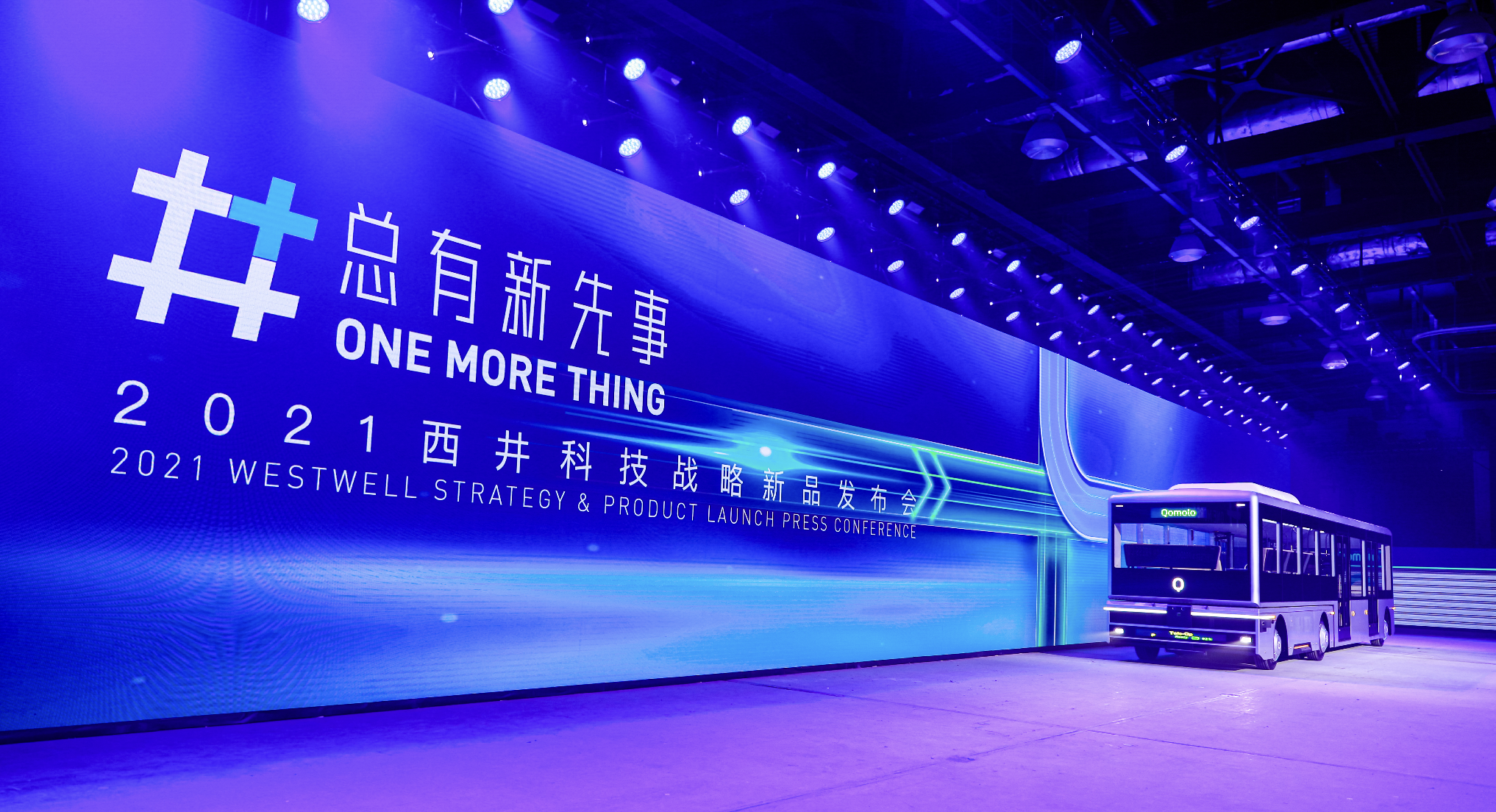On November 6th, Seafco Technologies officially released its unmanned heavy-duty mobile platform, Qomolo ONE.
Three years ago, Seafco Technologies released the Q-Truck, an unmanned electric heavy truck for ports and successfully delivered it at a Thai port, making it the first port to use a mixed operation of unmanned and manned driving. Compared with traditional unmanned heavy-duty trucks retrofitted after the fact, the Q-Truck is an advanced-design vehicle without a driver’s cab.
If the Q-Truck was the first shot fired by Seafco Technologies in the commercialization of closed-scene unmanned driving, then Qomolo ONE is a powerful product that allows Seafco Technologies to access more scenes.
As an unmanned driving platform vehicle, Qomolo ONE continues the concept of completely “removing the driver’s cab” and implementing modular design of the Q-Truck, with a focus on both freight and passenger scenarios.
In terms of hardware, Qomolo ONE uses a new generation of fusion perception architecture and is equipped with a variety of combination sensors, including self-developed binocular cameras, lidar, millimeter-wave radar, etc., enabling 360-degree all-round perception.
In terms of performance, Qomolo ONE is waterproof, dustproof, and shockproof. It has an rated power of 150 kW and a peak power of 250 kW, with a maximum traction of 70 tons. It can also provide single-axle, double-axle steering, easily coping with complex working conditions such as half-slope starting and half-slope following.
The maximum speed of Qomolo ONE can reach 85 km/h, which can cover the driving speeds of most closed scenes.
The greatest value of Qomolo ONE lies in its breakthrough in the limitation of “closed scenes”. As a platform vehicle, it can transport goods and passengers, ensuring that its landing scenes will become very rich. Qomolo ONE’s platform is designed with a sliding track on the top, which can be retrofitted in a short time. Its application scenarios include unmanned shuttle cars, fire trucks, transport trucks, engineering vehicles, and so on.COO of Xijing Technology, Zhang Rong, stated that currently they are more focused on closed scenarios. In the future, Qomolo ONE will be able to appear in certain ports, but they will also enter the open road when the timing is right. However, for now, the technology and laws and regulations are not yet mature. In addition, Xijing Technology is not worried about companies that specialize in urban open road autonomous trucks entering closed scenarios such as unmanned ports, because each has its own research and development directions, and even if they enter, they will need a learning period.
In the next period, Xijing Technology’s products will be successively launched into many domestic ports such as Tianjin Port and Xiamen Port.
This article is a translation by ChatGPT of a Chinese report from 42HOW. If you have any questions about it, please email bd@42how.com.
